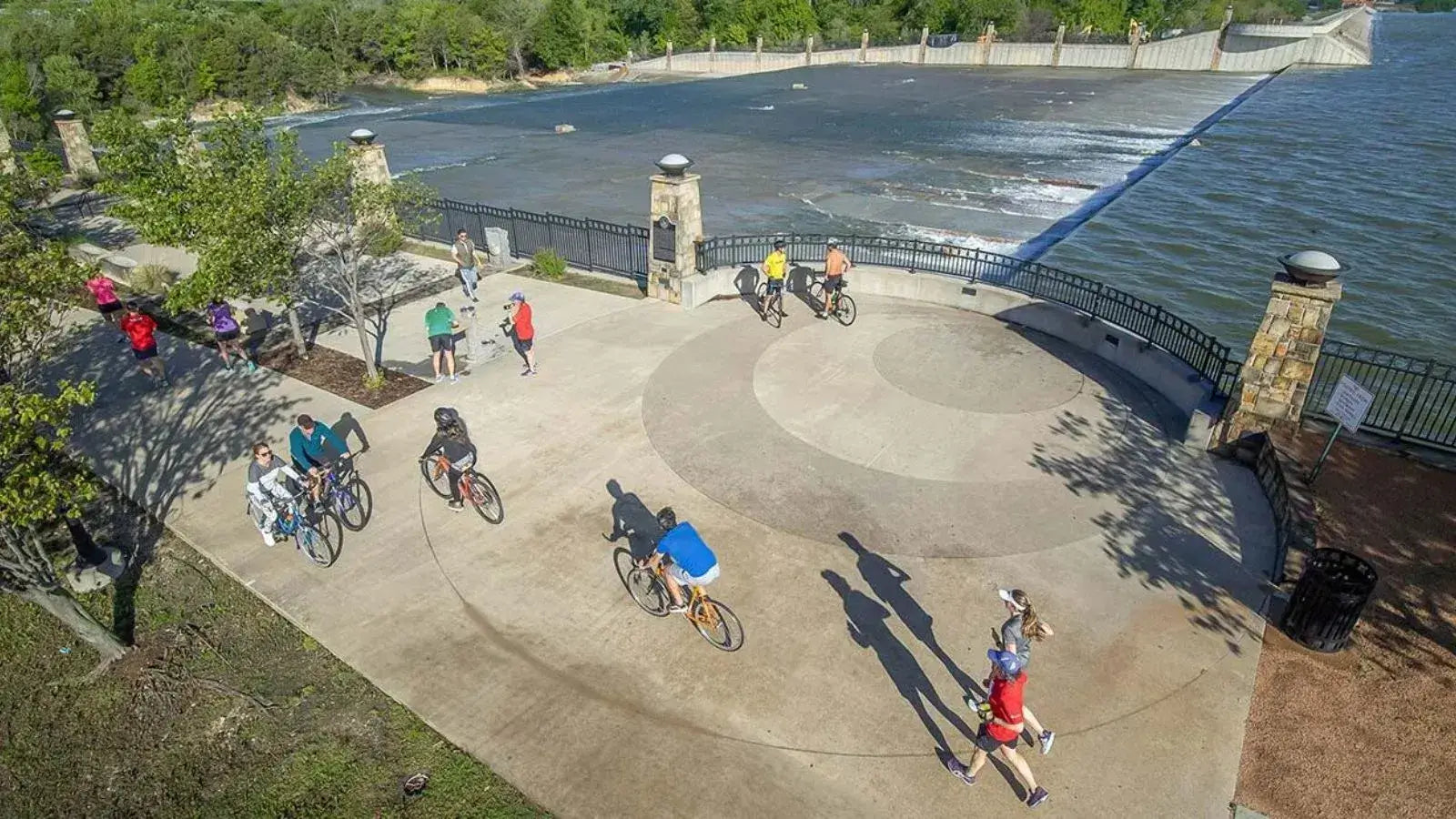
Are 750W eBikes Street Legal in the U.S.? A Comprehensive State-by-State Guide
Introduction: The Legal Landscape of 750W eBikes in the U.S.
750W eBikes are quickly becoming popular for commuting and fun rides. The simple question is: Are 750W eBikes street legal in the U.S.? They are legal when they meet federal rules and follow state laws. Federal law allows eBikes with motors up to 750W that can go 20 mph on motor power alone, but states have different rules.
The government calls these bikes bicycles, so they don't need licenses, registration, or insurance like cars do. Many people like 750W eBikes because they give enough power and speed while still being treated as regular bikes. These bikes are powerful, but riders still need to know local traffic laws before they ride.
This guide gives a complete overview of federal rules and breaks down state laws. We will also talk about insurance needs, helmet rules, and safety tips from real riding experiences. The information helps all riders make good choices to stay safe and follow the law.
We divide the information into key sections to show the differences between federal rules and local laws. Each part uses simple language while using data from trusted sources like the Consumer Product Safety Commission (CPSC) and Electric Bike Report. Readers will find helpful examples, comparison tables, and clear bullet points throughout. This makes it easy to understand complex legal details for everyday riding.
To sum up, while 750W eBikes are generally legal across the U.S., riders must check both federal requirements and their state's rules. The next sections will explain these details and give practical advice for staying legal and safe on the road.
Understanding Federal Regulations and Definitions
Under federal law, the Consumer Product Safety Commission (CPSC) defines eBikes as electric bicycles with working pedals and motors not stronger than 750W. This makes them different from mopeds or motorcycles and frees them from state vehicle licensing and registration. Federal rules say these bikes must not go faster than 20 mph using just the motor on flat ground.
There are three main types of eBikes that affect where you can ride them.
• Class 1 eBikes help only when you pedal and stop helping at 20 mph.
• Class 2 eBikes have a throttle and can go up to 20 mph with motor power alone.
• Class 3 eBikes only help when you pedal and can go up to 28 mph with the motor, though these often have extra local rules.
The federal system creates a basic standard for safety and design. Since eBikes must have motors limited to 750W, makers design their bikes to meet performance tests and speed limits. This standardization helps ensure that any eBike meeting these guidelines counts as a bicycle under the law.
This table shows how the three classes differ in ways that affect street legality:
| Class | Motor Assistance | Max Speed (Motor Only) | Additional Requirements |
| 1 | Pedal-assist; motor stops above 20 mph | 20 mph | None; standard bicycle rules apply |
| 2 | Throttle-controlled with no pedaling requirement | 20 mph | None; standard bicycle rules apply |
| 3 | Pedal-assist only; higher speed capability | 28 mph | Some states require helmets, age limits |
These clear federal rules guide how designers and buyers approach eBikes. By limiting power to 750W, federal standards help maintain safety across the country. Groups like the Consumer Product Safety Commission (CPSC) and publications like Electric Bike Report support these guidelines, making sure eBikes are safe before they reach stores.
As a result, manufacturers follow these power and speed limits. This means most 750W eBikes in the United States are built with the same basic standards, allowing them to easily use existing bike lanes and paths, creating a unified approach nationwide.
State-by-State Breakdown of 750W eBike Regulations
While federal rules provide the foundation for eBike safety, state and local laws often add extra requirements or exceptions. The differences may affect things like license requirements, helmet rules, and where you can ride. Here is a breakdown by regions.
Northeast & Mid-Atlantic States
Northeast and Mid-Atlantic states typically follow federal guidelines closely for 750W eBikes. States like New York and Pennsylvania have stricter rules for Class 3 eBikes because of their busy city traffic.
• New York: Riders may face extra restrictions, such as bike lanes only for regular bicycles or mandatory helmet rules. In many cities, Class 3 eBikes can use roads with speed limits up to 25 mph, though local areas often add their own rules.
• Pennsylvania: Most local areas follow the federal 750W limit, but riders should know that some counties have age or helmet rules for more powerful bikes.
• New Jersey and Massachusetts: These states also use the federal definitions but may limit access to certain bike paths and trails. Rules are usually based on safety concerns in busy urban areas.
Overall, Northeast riders benefit from consistency with federal standards, although local areas may enforce rules like helmet use or licenses for Class 3 eBikes. It's good to check city websites or DMV guidelines for exact requirements.

Southern & Southeastern States
The Southern and Southeastern regions often show a mix of following federal norms with some flexibility.
• Florida: While it follows federal guidelines allowing 750W motors, Florida's focus on tourism and open roads sometimes means less strict local enforcement. Riders here might find fewer helmet requirements for eBikes, reflecting the state's broader approach to pedal-assisted vehicles.
• Georgia: Georgia's regulations mostly match the federal standard, but some counties may require riders under a certain age to wear helmets. Licenses are typically not needed for bikes meeting the 750W limit, yet local areas might ban higher-powered eBikes from certain bike paths.
• Alabama and Mississippi: In these states, eBike laws are generally less strict. Some areas don't have motor power restrictions beyond the federal limit. However, there are differences in where eBikes can go—for example, some urban zones might not allow riding on sidewalks.
• North Carolina and South Carolina: These states allow 750W eBikes on most roads and bike lanes. There can be local requirements—such as age limits or helmet rules—that vary by county.
This region benefits from balancing easy use of most eBikes with local safety measures. The generally mild enforcement means many riders enjoy free access to bike paths and downtown areas, as long as they follow any local rules.
Western & Mountain States
Western and mountainous regions often include factors like terrain and environmental conditions in their eBike regulations.
• California: Known for its progressive stance, California requires that 750W eBikes follow strict speed limits, often capping at 20 mph in urban areas—even if the bike could go faster. Riders are advised to use helmets, especially on Class 3 eBikes that often approach 28 mph.
• Colorado: Because of the varied landscape, Colorado's regulations focus on safety on steep hills and busy mountain roads. The state generally follows federal guidelines but may restrict where motorized bikes can go, especially on narrow trails or historic roads.
• Oregon and Washington: These states support the federal standard for 750W eBikes, with added rules on speed in urban centers. Local authorities may require extra safety equipment or certification for riders, particularly for those using throttle-controlled models.
• Utah and Nevada: Laws in these states balance recreational use on trails and safe integration into roadways. Specific counties may have stricter safety rules, including helmet requirements and limits on usage during rush hour.
Many riders in the West benefit from detailed signs and clearly marked lanes for eBikes. Given the diverse terrain and growing popularity of eBikes among outdoor enthusiasts, local authorities often update regulations to ensure both rider safety and environmental protection.
States with No Specific Wattage Limits
A few states have either unclear laws or minimal restrictions on eBike motor power.
• Florida and Mississippi (in some counties): Despite generally following federal standards, certain areas don't specifically state wattage limits on eBikes. This lack of clarity can sometimes give riders more flexibility.
• Rural areas across several states: In less populated regions of states like Idaho and Montana, local authorities may not strictly enforce wattage limits. Riders may find that local rules focus more on safety practices rather than motor power.
In these places, riders should be careful and consider following federal guidelines even when local laws don't clearly require it. It's advisable to check any restrictions with local police or municipal offices before riding in unfamiliar areas.
Overall, each region across the United States has unique characteristics regarding 750W eBike regulations. Riders must actively understand both the federal framework and any additional state or local requirements that may affect where and how their eBike can be legally operated.
Unique Considerations and Practical Riding Tips
Beyond the basic legality of riding 750W eBikes, several practical issues and additional considerations need attention. Safety and compliance go together with understanding local requirements.
• Insurance and Liability: While most states don't require insurance for eBikes that meet the 750W limit, some local areas may require liability coverage if the bike is classified similar to a moped. We recommend riders check with their insurance provider to see if extra coverage is needed, especially when riding in places known for strict enforcement.
• Mandatory Safety Gear: Helmet laws vary widely, with many states requiring helmets for younger riders or for Class 3 eBikes. Even in states where helmet use is not required, wearing proper safety gear is highly advisable to ensure maximum protection in case of an accident.
• Local Penalties and Enforcement: Not following local eBike regulations can result in fines or loss of riding privileges. In many city areas, police actively watch eBike usage and may give tickets if riders exceed speed limits or ignore other safety rules. Keeping a copy of local laws or having electronic access to updated requirements can help reduce the risk of penalties.
• Practical Riding Advice: It's important to remember that terrain, traffic patterns, and weather can affect how a 750W eBike performs. Riders should always adjust their speed and riding style for changes in environment—especially on steep hills or in heavy city traffic.
• Staying Updated with Changing Laws: Regulations around eBikes may change as these vehicles become more popular. Following local transportation newsletters, checking updates from DMVs, and joining local cycling communities are practical ways to stay informed.
• First-Hand Experiences: Many eBike riders in various states report that while federal guidelines create a uniform baseline, local rules can cause confusion. For example, some riders in California shared experiences where a 750W eBike technically met federal standards but needed additional speed-limiting devices under local ordinances. These stories remind us that full compliance means more than just meeting wattage limits—it also means following every local traffic rule.
Understanding these details can make the difference between a safe, enjoyable ride and a potentially dangerous encounter with law enforcement. We advocate for proactive safety practices—as this guide emphasizes—so that every ride, whether a short commute or a long trail adventure, is as secure as possible.
Conclusion and Recommendations
In summary, 750W eBikes are generally street legal in the U.S. when they comply with federal requirements set by the Consumer Product Safety Commission. Federal regulations outline a clear baseline—750W motor power and a 20 mph maximum speed under motor power alone—that most eBikes follow. However, state and local laws may add restrictions or relax certain requirements based on regional traffic, terrain, and safety considerations.
Before riding, riders should verify local regulations, especially in states with stricter helmet rules, speed limits, or riding zone restrictions. We recommend keeping updated information through local DMVs or official municipal websites.
Key takeaways include:
• Always check both federal guidelines and state-specific laws before purchasing or riding.
• Ensure that your eBike meets the 750W standard to avoid unnecessary legal issues.
• Use safety gear such as helmets and consider insurance where applicable.
By staying informed and proactive, riders can enjoy all the benefits that powerful 750W eBikes offer while avoiding legal problems. Rider safety and legal compliance should always be the most important part of the eBike experience.
FAQ
-
Q: Are 750W eBikes legal in all U.S. states?
A: Yes, 750W eBikes are generally legal nationwide when they meet federal guidelines, but specific state regulations may apply.
-
Q: Do I need a license to ride a 750W eBike?
A: No, most states don't require a license for 750W eBikes that meet federal guidelines, but Class 3 eBikes may have additional requirements.
-
Q: What's the maximum legal speed for a 750W eBike?
A: Federal law limits motor-only speed to 20 mph for Class 1 and 2 eBikes, while Class 3 can reach 28 mph with pedal assist.
-
Q: Do I need insurance for my 750W eBike?
A: Generally no, but some localities may require liability coverage, especially for Class 3 eBikes.
-
Q: Are there age restrictions for riding 750W eBikes?
A: Age restrictions vary by state and eBike class, with some states requiring riders to be 16+ for Class 3 eBikes.



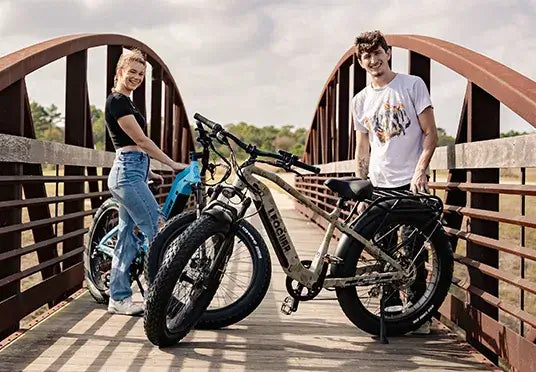
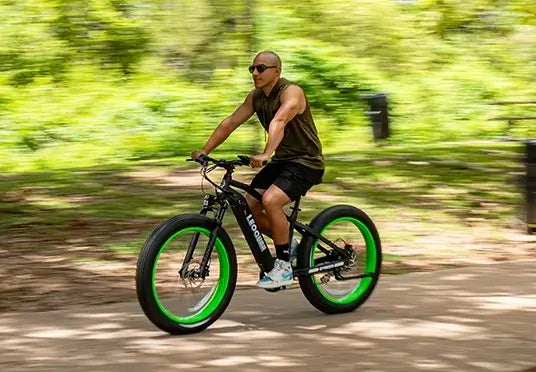
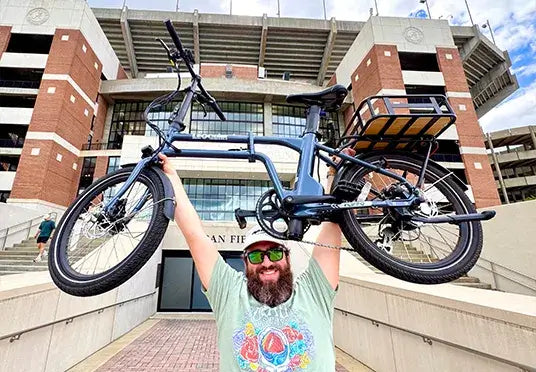
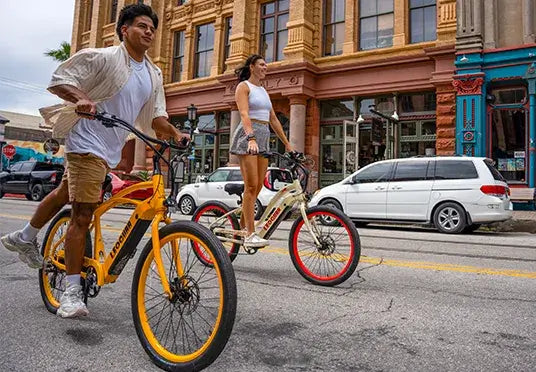
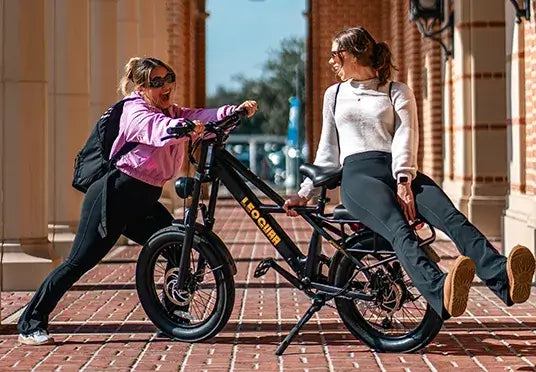
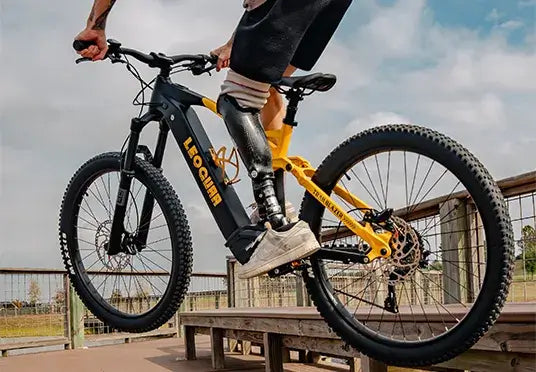

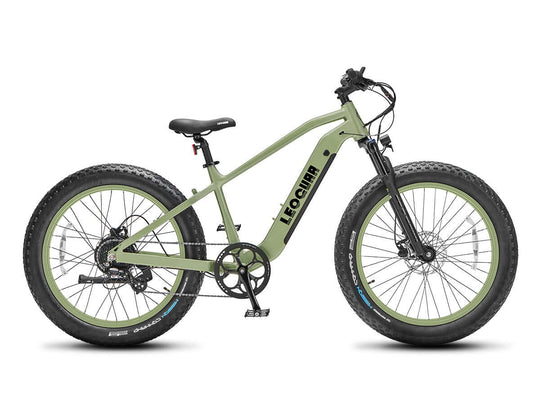
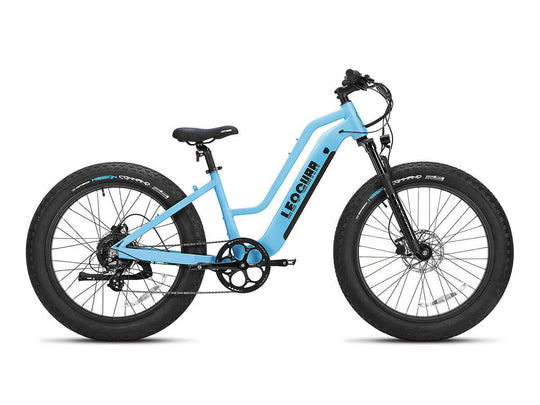
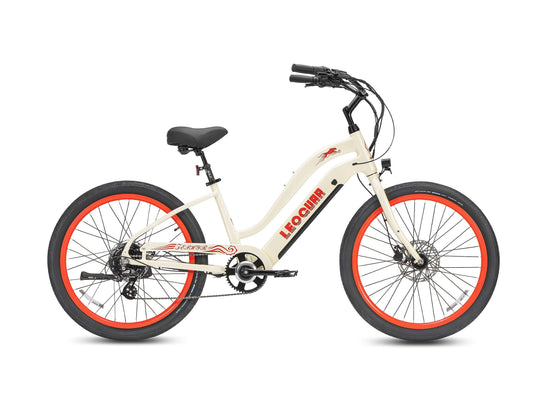
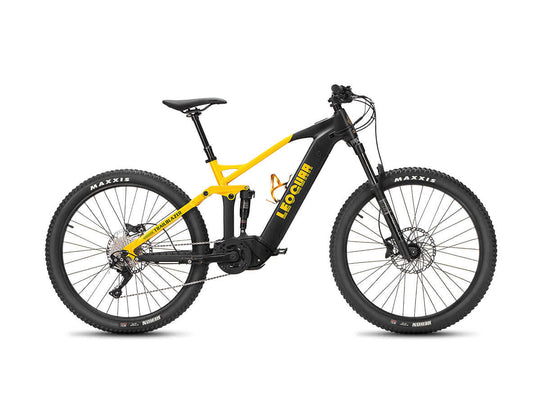
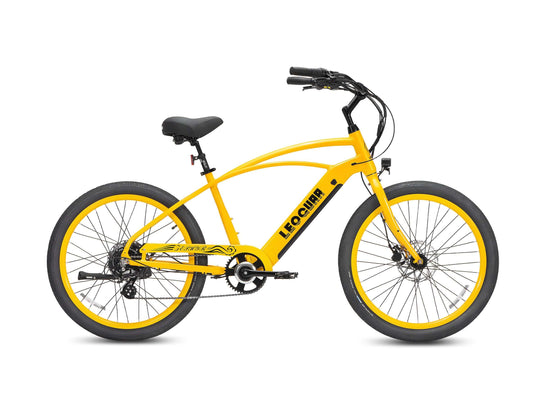
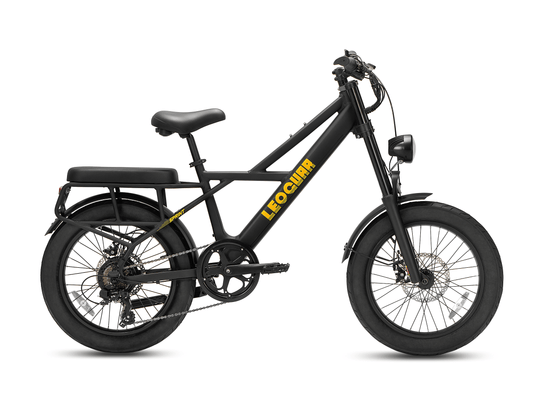

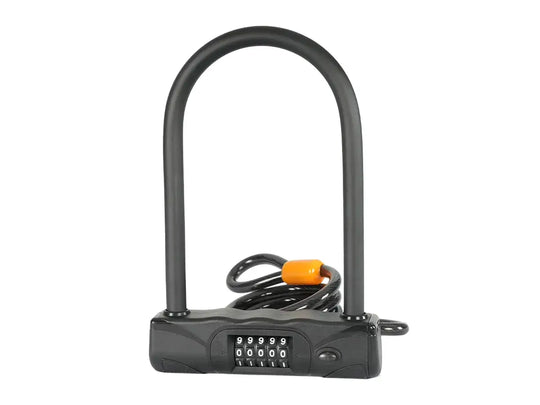
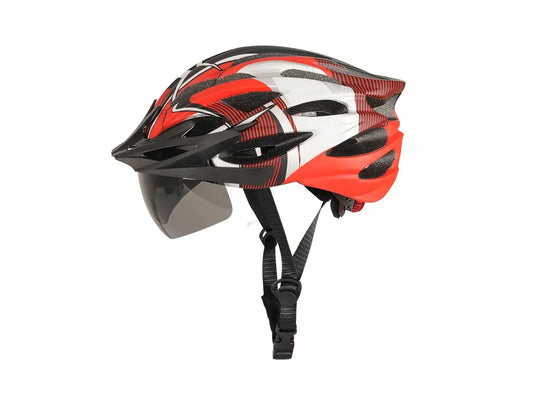
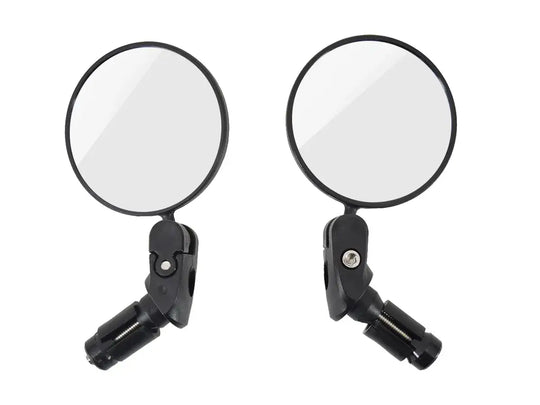

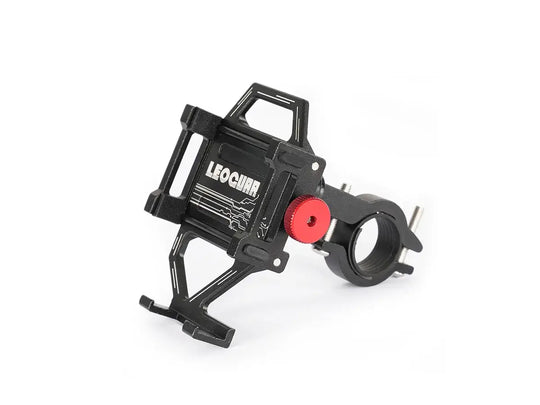
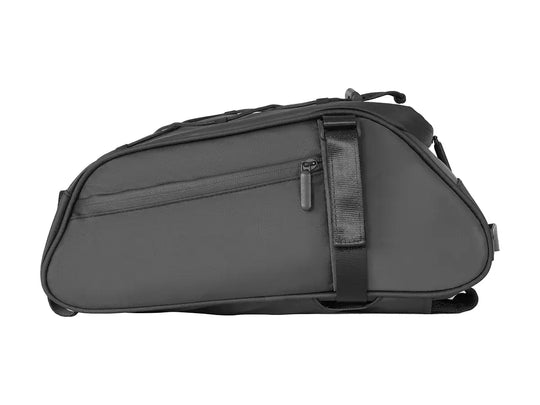
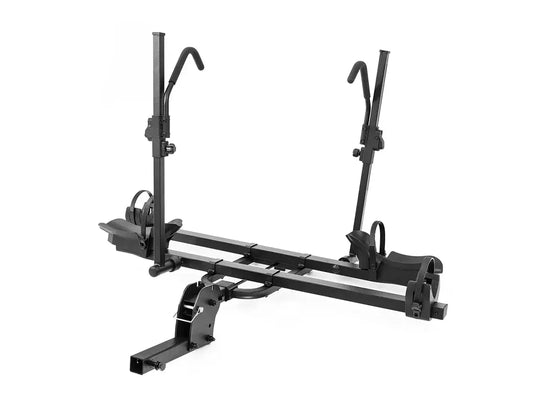
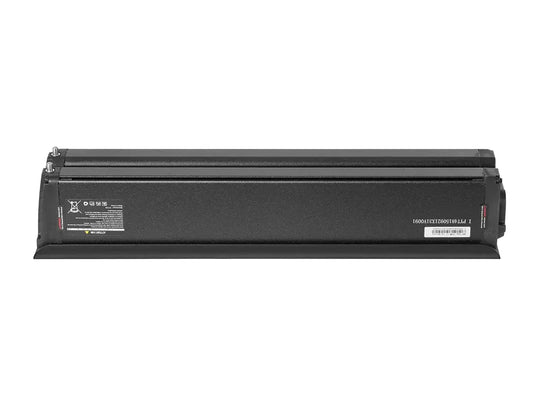
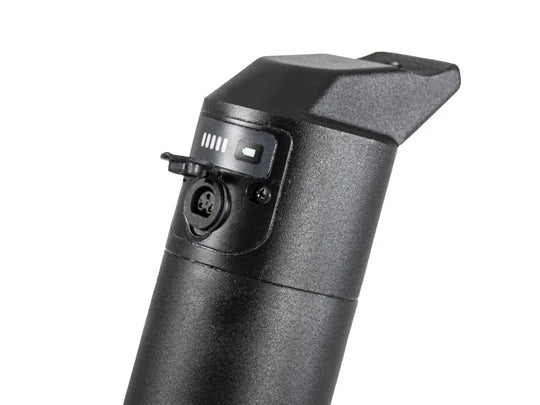
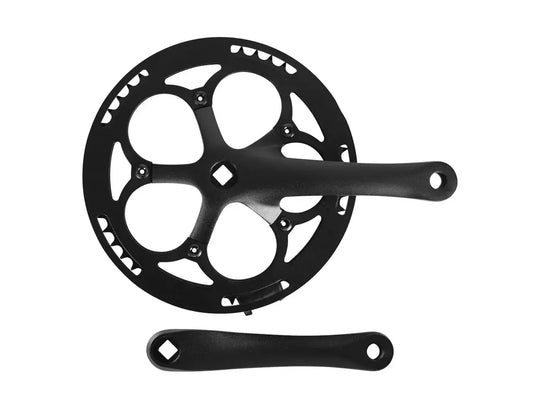
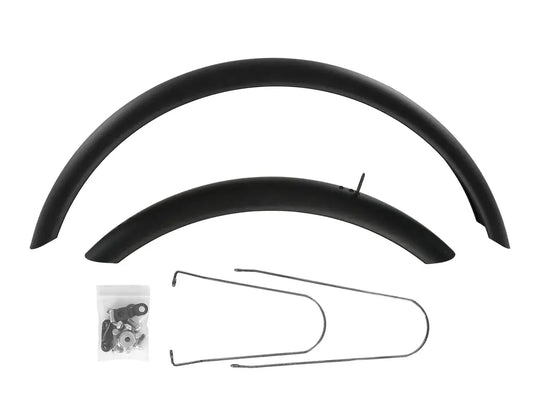
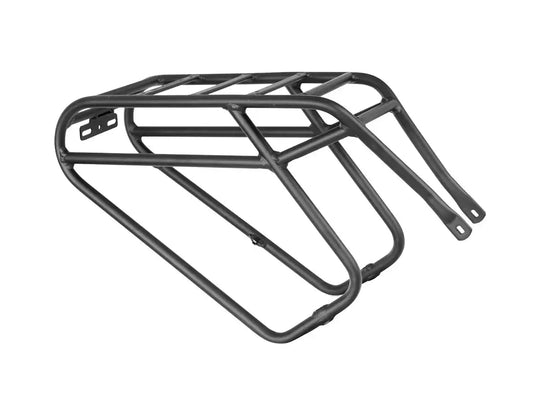
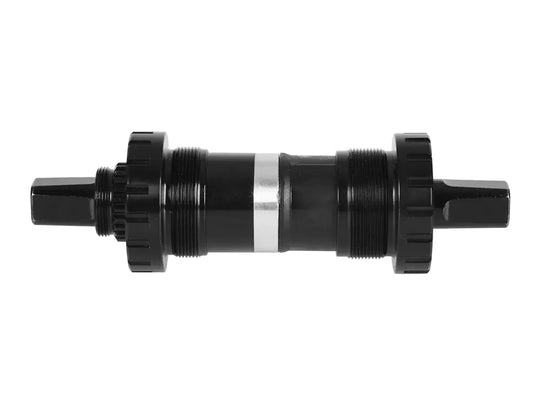
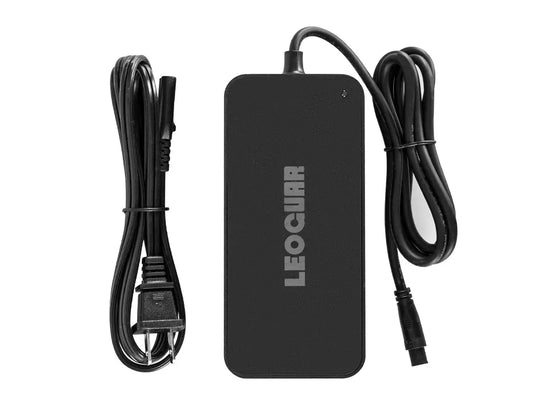
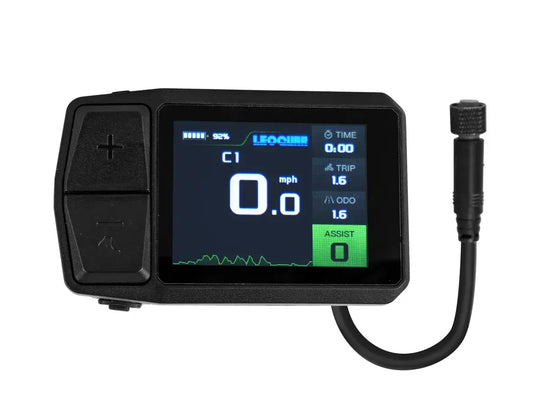
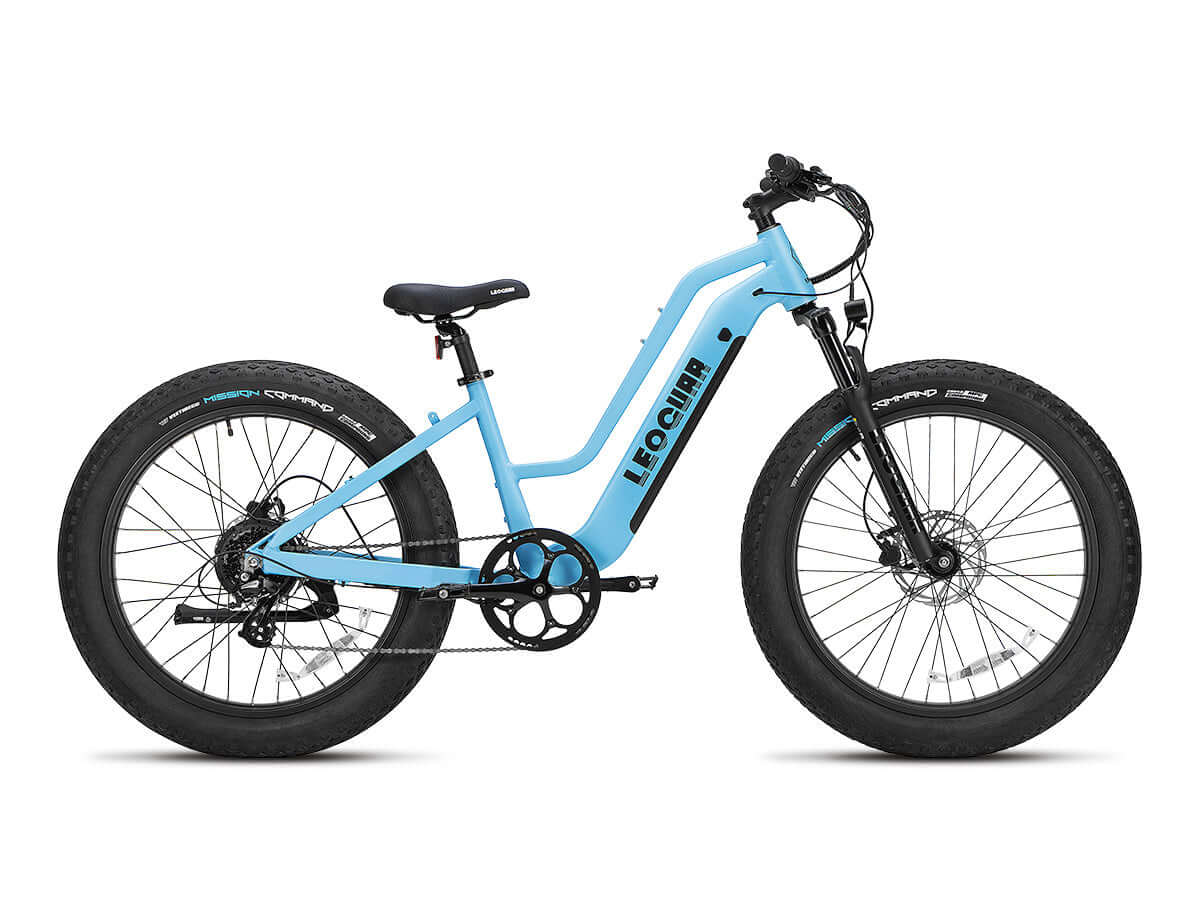








Leave a comment